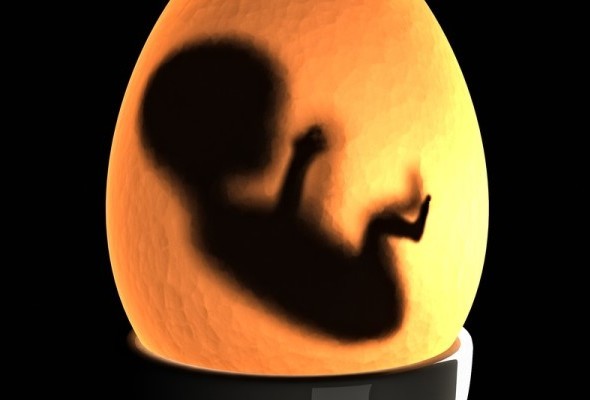
8th July 2013 | by MFC Team
New guidelines support single embryo transfer for young women undergoing IVF
An important new guideline for in vitro fertilization (IVF) treatments in Canada states that only one embryo should be transferred into the uterus of women under the age of 35, who have a good prognosis of achieving a pregnancy. For younger women with a “poor prognosis” for achieving pregnancy, transferring two embryos is the recommended maximum. Guidelines supporting single embryo transfer (SET) are being implemented in several countries (e.g. UK, Australia), in an effort to decrease the maternal and fetal risks, and health care costs, associated with multiple pregnancies. According to the American Society for Reproductive Medicine (ASRM), improvements in technology have resulted in SET being a better choice for achieving a viable pregnancy while avoiding multiples, for women with a good prognosis of success.
However, SET guidelines do not typically apply to women over the age of 40. In Canada, the new recommendations state that fertility specialists may consider transferring up to 4 embryos in women between 40 and 42 years of age, and up to 5 embryos in women over the age of 42 – based on the significantly lower pregnancy and live birth rates for women over 40. However, the possibility of transferring multiple embryos for women over 40 is creating cause for concern among some experts. Says Canada Research Chair Francoise Baylis,
“Those numbers are still too high…This is actually the worst age group to be pregnant with multiples.”
Dr. Jason Min, chair of the clinical practice guideline committee of the Canadian Fertility and Andrology Society, asserts that these guidelines for women over the age of 40 are “recommended maximums” and should not be routine practice.
These “best practice” medical guidelines are often challenging to implement, particularly when couples have only 2 or 3 embryos from an IVF cycle and are keen to have all the embryos transferred, in the hope that at least one embryo will implant and result in a viable pregnancy. Also, couples are often unaware of the maternal and fetal risks associated with twin and triplet pregnancies. Given the financial and emotional costs of IVF, couples sometimes hope to have twins – thereby completing their family without having to face additional treatments. Consequently, coming to terms with SET can prove challenging to patients and the physicians who treat them.
To read more about this topic click here.
To read more about the risks associated with multiple births, click here.
Leave a Reply